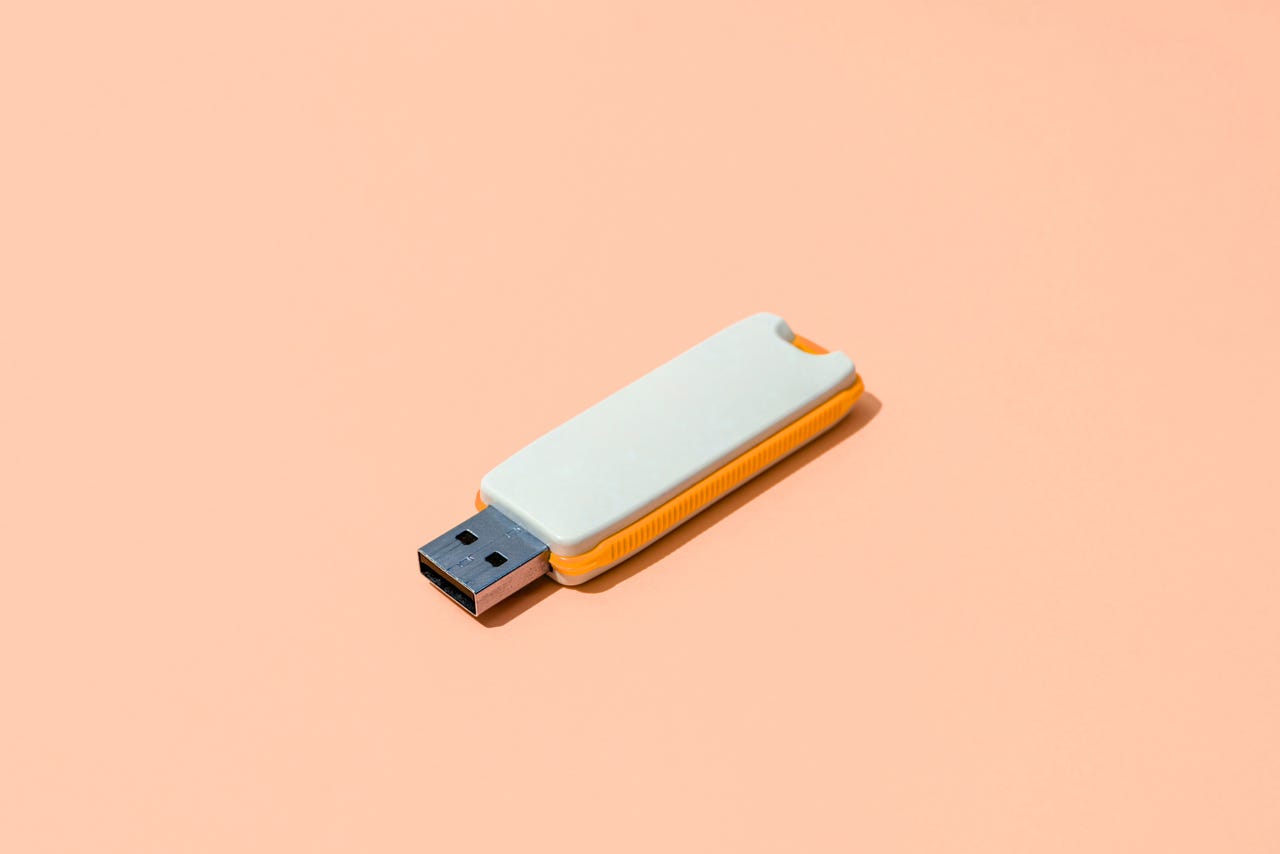
Before you can enjoy the user-friendly, flexible, secure, and reliable Linux operating system, there’s still one thing you need to handle first: installing the OS.
Keep in mind that modern Linux installers are very easy. With a few quick clicks, you’re on your way to enjoying the power, flexibility, and security of this open-source platform.
Also: These 5 Linux file managers are way better than your default
The gateway to that open-source world is a bootable USB drive that allows you to install the OS on your computer.
Don’t worry; even that step is simple. Let me show you how.
How to create your bootable USB drive
What you’ll need: To create a bootable USB drive, you’ll need the following:
- A machine with a USB port.
- A USB flash drive with at least 16GB of space.
- A piece of software to create the bootable drive.
There are a lot of tools to help you create a bootable USB drive, such as Ventoy, Rufus, Etcher, dd, Fedora Media Writer, Popsicle, and more. The one tool I’ve used for years is UNetbootin, which is available for Linux, MacOS, and Windows. You can easily install UNetbootin by downloading the executable file to your desktop and running it. (It installs like most applications on both MacOS and Windows.) Even better, you can install UNetbootin on a Ubuntu-based distribution by first adding a new repository with the command:
sudo add-apt-repository ppa:gezakovacs/ppa
Update apt with:
Install UNetbootin with the command:
sudo apt-get install unetbootin -y
With UNetbootin installed, it’s time to create your first bootable USB drive, ready to install Linux.
Also: The best Linux laptops
The first thing to do is insert your USB drive into the computer you installed UNetbootin on. Ensure the system recognizes the drive and note its name.
From your computer’s desktop menu, click to launch the UNetbootin application.
Select from a pre-configured list of distributions from the UNetbootin window.
Also: The best Linux distros for beginners: You can do this!
Make sure to also select the most recent version of that distribution from the Select Version dropdown in the upper right corner.
Creating a bootable USB drive with UNetbootin is very easy.
Screenshot by Jack Wallen/ZDNET
Make sure USB Drive is selected in the Type dropdown and then choose the name of your USB drive from the Drive dropdown. Select the right drive because UNetbootin will erase everything on the drive you choose. I would suggest removing all external drives except the one that will serve as your bootable drive. Or, you can issue the command lsblk to see a list of all attached drives. Look for the correct drive from the list in the output.
Click OK and the process will start. First UNetbootin will download the necessary ISO, then it will extract and copy the files, install the bootloader, and complete the process.
Also: Want to save your aging computer? Try these 5 Linux distributions
The process shouldn’t take more than five to 15 minutes. You might find that UNetbootin seems to stall out halfway through the extracting and copying files phase. Be patient and it will finish.
UNetbootin should be able to create your USB drive in under 15 minutes.
Screenshot by Jack Wallen/ZDNET
When the process completes, click Exit, safely eject the USB drive, and you’re ready. You can now insert the USB drive into the machine that will serve as your new Linux desktop, boot the machine, and start installing the operating system.

